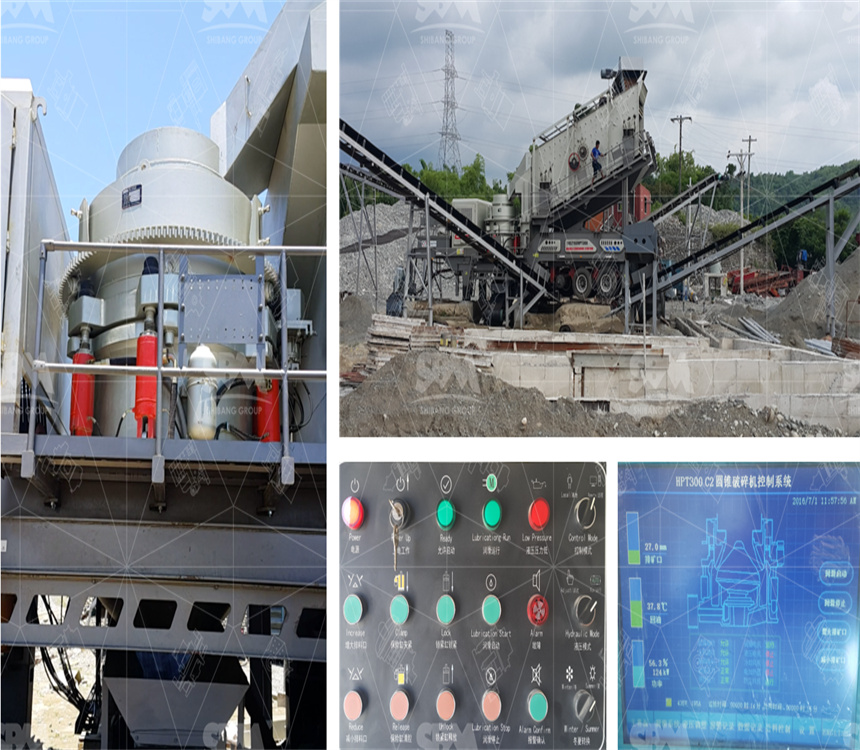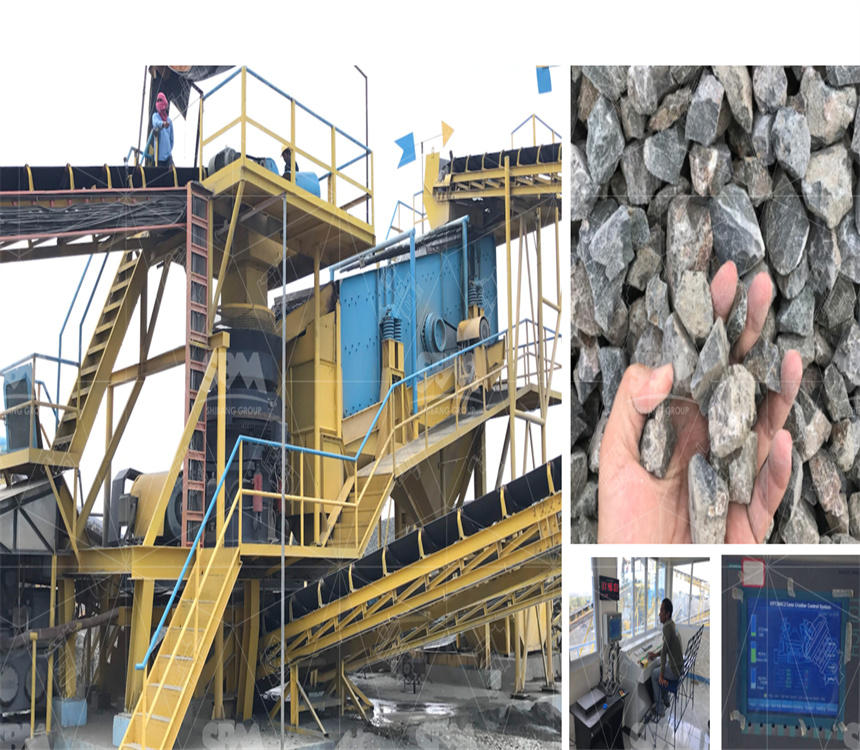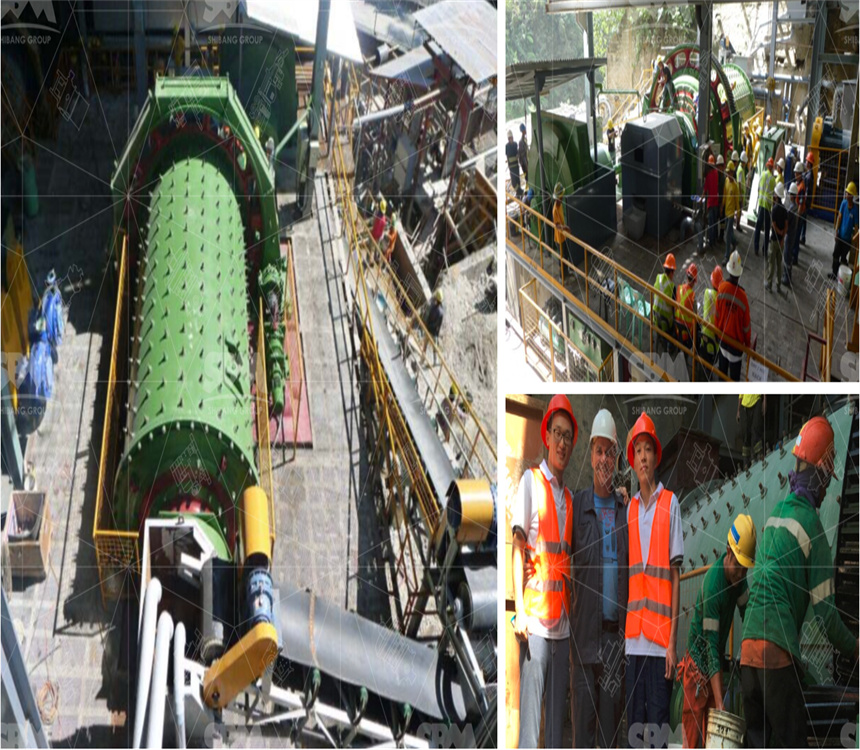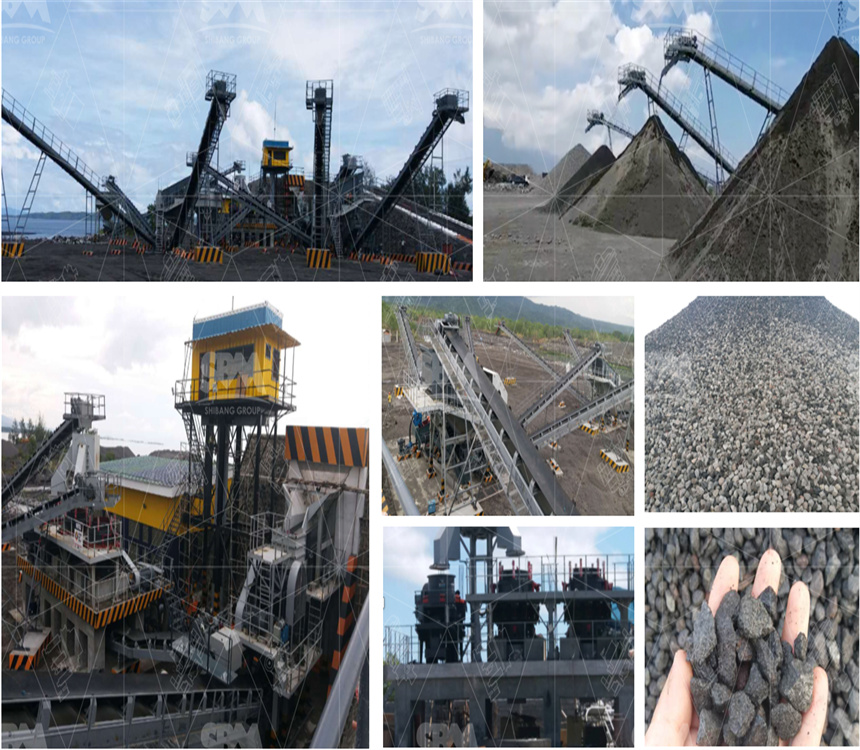Industrial mineral treatment in South Africa need reliable, durable and efficient crusher systems. This article share professional knowhow, verified data, operating parameters and applied cases for mineral comminution plants. It present principle, technical detail, energy requirement and machine selection guidance with real project experience. The goal is help decision makers understand why modern crushing equipment deliver optimal outcome in complex African conditions.

A crusher is a mechanical unit designed to reduce bulk mineral ore into smaller particle size by compression, impact or attrition. Crushing is first step in comminution chain and directly influence downstream milling, flotation and separation efficiency. Correct crusher choice ensure uniform particle size, reduced power cost, lower wear and extended uptime. In South African mineral industry, common ores include chrome, manganese, iron, gold, platinum group, copper and limestone. Each require specific crushing chamber, CSS/OSS range and motor drive configuration.
Different crusher types work on different principle. Jaw crusher operate by compressive force between fixed and moving jaw. Cone crusher employ eccentric rotation to compress ore between mantle and concave. Impact crusher use high speed rotor blow bars to strike feed material. Roll crusher squeeze ore between two counter rotating rolls. Each design feature distinct crushing ratio, discharge control and wear pattern. Typical jaw crushing ratio reach 6:1 to 8:1 while cone crusher reach 4:1 to 7:1. Energy consumption range from 0.5 to 1.5 kWh/t depending feed hardness. Chamber geometry, feed opening and stroke length control final performance.

Selection of crusher require checking verified technical specs. Important factors include feed size, discharge size, capacity, eccentric speed, motor power, liner profile and reduction ratio. Below table give sample parameters of typical cone crusher suitable for hard ore processing:
| Parameter | Value | Notes |
|---|---|---|
| Feed Opening | 215 mm | Max rock input |
| Discharge Range | 19-38 mm | Adjustable CSS |
| Capacity | 180-400 t/h | Depend feed hardness |
| Motor Power | 220 kW | Matched drive |
| Weight | 23.5 t | With frame |
These numbers come from standard industrial data. It demonstrate how capacity scale with chamber size and motor rating. Always align crusher size with downstream screen and mill to avoid bottleneck.
South African mines demand robust equipment. Power cost high and downtime expensive. Crushers must deliver low specific energy use and high uptime. Typical energy consumption for jaw crusher about 0.6 kWh per ton. Cone crusher average 0.8 kWh per ton with proper choke feed. Wear part replacement interval depend ore abrasiveness, average 800 to 1200 hours for jaw plates, 1000 to 1500 hours for cone liners. Regular lubrication and hydraulic adjustment system reduce manual intervention. Preventive maintenance schedule every 250 hours ensure low failure probability. Recorded failure rate in real operations stay under 2% yearly if schedule respected.
Crushers in South Africa handle multiple minerals. Main materials include:
Each mineral show distinct compressive strength, moisture content and abrasion index. For instance, chrome ore compressive strength up to 320 MPa, while limestone only 180 MPa. Crusher selection must reflect these mechanical properties. Using oversized impact crusher on soft limestone may lead to excessive fines, while underpowered jaw on chrome lead to high wear and stoppage.

Background: Client operate medium chrome mine with daily 5000 tons output. Ore size 0-600 mm, compressive strength 280 MPa, moisture 5%. Installed equipment include primary jaw crusher (900×1200 mm), secondary cone crusher (220 kW, 180-400 t/h) and vibrating screen. Feed transported by belt conveyors under dust control. Actual throughput reach 4600 t/d with availability 93%.
Operating data: Energy cost average 0.74 kWh/t, liner change interval 1150 hours. Client confirm reduction ratio stable at 7:1 and product size distribution fit downstream gravity concentration. Maintenance team reported easy hydraulic adjustment reduce downtime. Plant manager evaluate solution as cost effective and reliable for long term mining plan.
Background: Construction aggregate supplier require high quality 0-31.5 mm limestone product. Feed size 0-500 mm, compressive strength 160 MPa. Plant setup: apron feeder, jaw crusher (750×1060 mm, 110 kW, 150-300 t/h), impact crusher (132 kW, 120-250 t/h), screening system. Target product distribution 0-5 mm 25%, 5-20 mm 45%, 20-31.5 mm 30%.
Performance: Actual capacity 280 t/h, energy 0.58 kWh/t. Impact crusher blow bar life exceed 950 hours under local limestone condition. Client highlight cubic shape of aggregates meet national road standard. Recorded maintenance downtime less than 12 hours in 6 months. Project show importance of combining jaw for primary breaking and impact for shaping final product.
Background: Small gold mine with narrow vein ore. Ore size up to 400 mm, compressive strength 210 MPa, quartz content high causing abrasion. Plant use single jaw crusher (600×900 mm, 75 kW, 60-160 t/h) with gravity concentration downstream. Product size required -20 mm.
Outcome: Plant run stable 22 hours per day, average 135 t/h. Energy requirement 0.67 kWh/t. Jaw plate life 780 hours due to quartz abrasiveness, maintenance cycle every 3 weeks. However low investment and compact layout benefit small scale operation. Owner report project success with ROI under 18 months. Case highlight that small equipment still can deliver strong return if properly matched.
All crushers must conform to international standards like ISO 9001, CE marking and South African Bureau of Standards regulations. Safety systems include hydraulic overload release, interlock switches and dust suppression. Structural welding tested with ultrasonic inspection, rotor balanced by dynamic balancing standard. Bearing and motors supplied from certified suppliers with documented MTBF data. Compliance ensure not only performance but also occupational safety and environmental responsibility.

When selecting crusher for South African mineral plant, follow structured decision tree:
Proper selection reduce operating cost up to 20% and extend life cycle value. Always request verified factory test data before procurement. Do not oversize unit as it increase energy cost, and do not undersize as it lead to early wear and bottleneck.
In South African industrial mineral processing, crushers remain central equipment. Modern jaw, cone, impact and roll machines deliver controlled reduction, optimized energy use and proven reliability. Verified technical parameters, real case data and systematic maintenance practice ensure stable operation. Field cases on chrome, limestone and gold demonstrate tangible results. For operators, best strategy is select equipment based on ore characteristic, target output and cost balance. With proper design, crusher system deliver sustainable profit and secure resource utilization for decades. Decision makers must rely on data, not on assumption, and apply engineering judgement with confidence.
Whatsapp:+8617329420102
Email: [email protected]
Address: No. 1688, Gaoke East Road, Pudong new district, Shanghai, China.
Online Service : Get Price
We value your feedback! Please complete the form below so that we can tailor our services to your specific needs.
